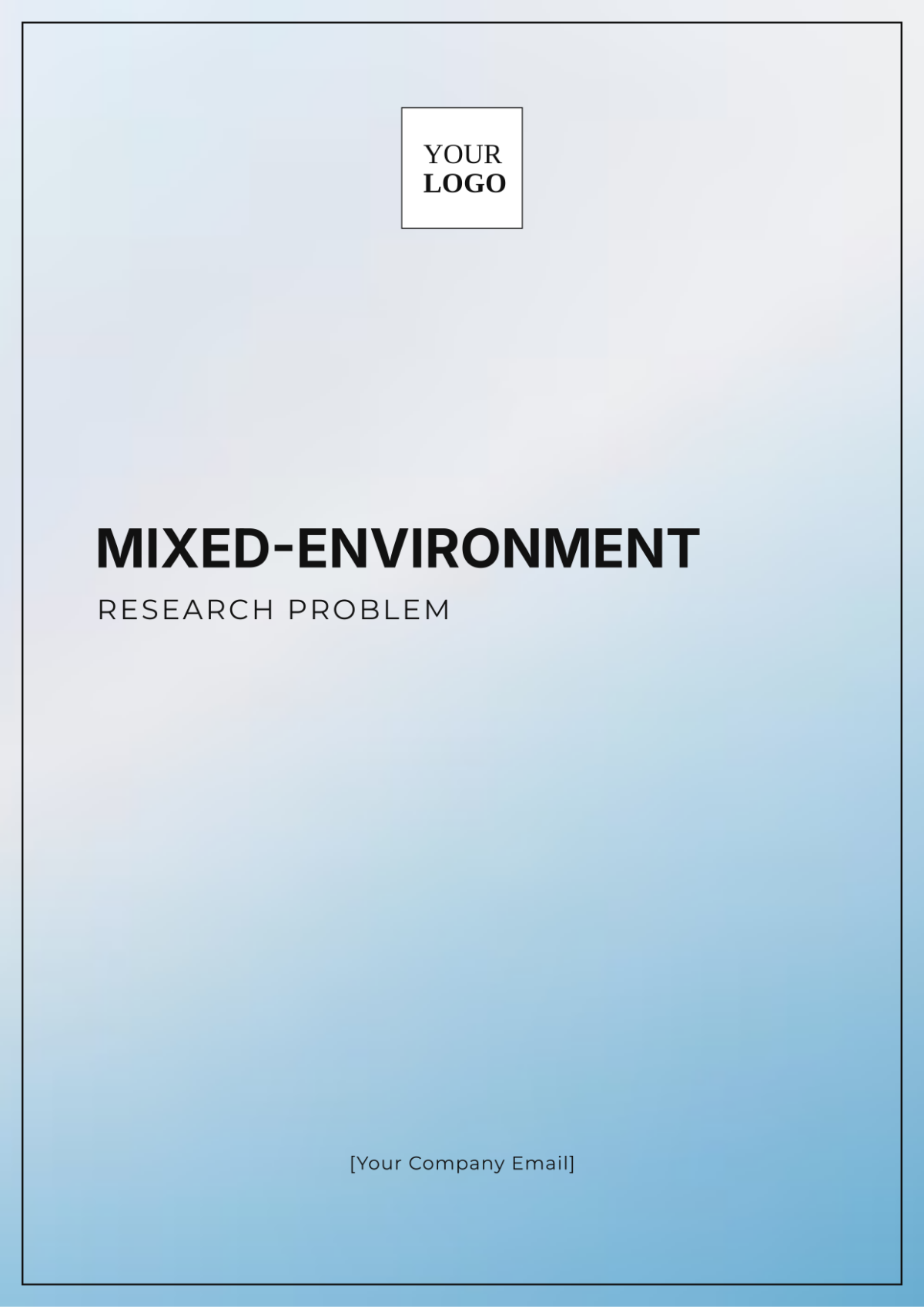Hierarchical Coding Quantitative Research
Introduction
Hierarchical coding quantitative research represents a sophisticated approach used to systematically categorize and analyze data employing hierarchical structures. This method leverages both qualitative and quantitative techniques to establish clear levels of data categorization, providing researchers with a robust framework for analyzing complex datasets. This research explores the principles, applications, and benefits of hierarchical coding in quantitative research, highlighting its relevance in contemporary analytical practices.
Principles of Hierarchical Coding Quantitative Research
The core principles underpinning hierarchical coding quantitative research include:
Systematic Categorization: Data is categorized in a structured manner, ensuring consistency and clarity.
Hierarchical Structures: Categories are organized into levels, from broad themes to specific sub-themes.
Quantitative Analysis: Statistical methods are applied to analyze the frequency and relationships among categories.
Mixed-Methods Approach: Integrates qualitative insights with quantitative rigor for enhanced analytical depth.
Methodology
Implementing hierarchical coding in quantitative research involves the following steps:
Data Collection: Gather data through surveys, interviews, or observational methods.
Initial Coding: Assign preliminary codes to data segments based on thematic relevance.
Developing a Coding Scheme: Establish a hierarchical coding scheme with defined categories and sub-categories.
Applying the Coding Scheme: Systematically apply the coding scheme to the entire dataset.
Quantitative Analysis: Analyze coded data using statistical techniques to identify patterns and relationships.
Interpretation and Reporting: Interpret findings and present them in a structured format, emphasizing hierarchical relationships.
Applications
Hierarchical coding quantitative research finds applications in various fields, including:
Field | Application |
|---|---|
Social Sciences | Analyzing qualitative interview data with quantitative metrics. |
Healthcare | Examining patient feedback to identify patterns in healthcare service delivery. |
Marketing | Understanding consumer behavior by categorizing survey responses. |
Education | Evaluating student feedback to improve educational programs. |
Benefits
The primary benefits of hierarchical coding quantitative research include:
Clarity and Organization: Provides a clear structure for categorizing complex data.
Enhanced Analysis: Combines qualitative insights with quantitative precision.
Flexibility: Applicable to a wide range of research fields and data types.
Rigorous Framework: Offers a systematic approach for comprehensive data analysis.
Challenges
Despite its numerous advantages, hierarchical coding quantitative research also presents some challenges:
Time-Consuming: Developing and applying a detailed coding scheme can be labor-intensive.
Complexity: Requires a clear understanding of both qualitative and quantitative analysis techniques.
Subjectivity: Initial coding may involve subjective judgment, which needs careful validation.
Conclusion
Hierarchical coding quantitative research offers a powerful method for systematically categorizing and analyzing data. By integrating hierarchical structures with quantitative analysis, researchers can derive comprehensive insights from complex datasets. While the approach requires a detailed and systematic effort, its ability to organize and analyze data across various fields makes it an invaluable tool in research methodology.
References
Gibbs, G. R. (2050). Analyzing Qualitative Data. SAGE Publications.
Saldaña, J. (2054). The Coding Manual for Qualitative Researchers. SAGE Publications.
Guest, G., MacQueen, K. M., & Namey, E. E. (2055). Applied Thematic Analysis. SAGE Publications.

















































